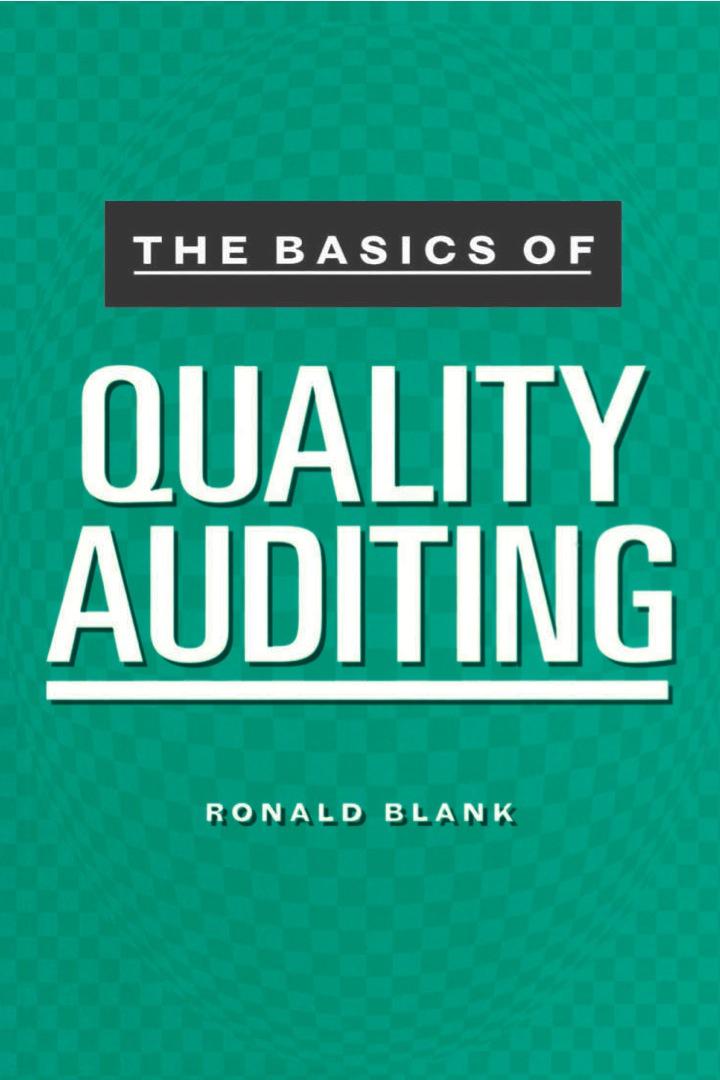Question
Parmalat, an Italian company best known for its long-life milk, reported $4.73 billion in cash and marketable securities in a bank account that did not
Parmalat, an Italian company best known for its long-life milk, reported $4.73 billion in cash and marketable securities in a bank account that did not exist. The money was supposedly held in an account in the name of Bonlat, a wholly owned subsidiary of Parmalat registered in the Cayman Islands, at the Bank of America in New York City. However, neither the bank account nor the assets existed. The bank confirmation returned to the auditors in Italy had been forged by company management. Executives at Parmalat have described the Bonlat Company as fraudulent; executives described it as a "virtual garbage can" to hide fraudulent transactions. Bonlat was created in 1998 with Grant Thornton's assistance to hide fraudulent transactions from the Deloitte auditors for Parmalat. By materially overstating company assets and understating company liability, Parmalat sold $100 million of unsecured debt to American investors, which later became worthless.
a. Describe the audit procedures that could have discovered the misstatements and explain why they could have been effective.
b. Why might a company set up a subsidiary to hide fraudulent transactions? Was it easier for fraud to occur and not be detected because this subsidiary was audited by a different auditor than the ones who signed the audit report? Explain your answer.
Step by Step Solution
There are 3 Steps involved in it
Step: 1

Get Instant Access to Expert-Tailored Solutions
See step-by-step solutions with expert insights and AI powered tools for academic success
Step: 2

Step: 3

Ace Your Homework with AI
Get the answers you need in no time with our AI-driven, step-by-step assistance
Get Started


